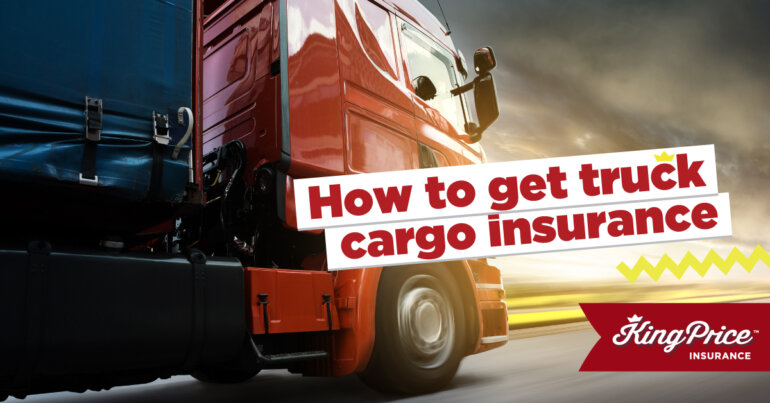How to get truck cargo insurance
Does your business transport any products to your clients? Or perhaps you own a delivery or moving company? Well then, you’re in need of a very special type of insurance typically referred to as goods in transit insurance, although in other parts of the world you might know it as truck cargo insurance.
Here’s how to get goods in transit insurance
Goods in transit insurance is easy enough to get in South Africa. All that’s required is for you to chat to your business insurance broker and let them do the work of getting quotes from reputable insurers for you to choose from. You could also go online and search for it yourself, and get an online quote.
For instance, if you click here you’ll find an example of goods in transit insurance, complete with a description of the cover offered and the option to get a commitment-free quote. Once you’ve filled in your details, you can opt to email them or request a call back so that they can take you through the quote process.
Once you’ve accepted your quote and agreed on a monthly payment date, you’ll be A-for-Away and have the assurance of cover for your goods while they’re on the move.
More info about goods in transit insurance
Maybe you’re all set and know everything you need to know about this kind of cover, but on the off chance that you need a bit more information, let us help you out.
Starting with why it’s good to have
A goods in transit policy insures goods and property while they’re being transported by a truck. It protects both parties involved, the sellers and the buyers, against financial loss if this cargo is lost or damaged as a result of some unexpected event.
How it works
Let’s say that something unexpected happens, like the delivery van hitting a pothole. A delivery van that’s full of precious cargo, which gets damaged as a result. If you have insurance, you can claim for the cost of these damages.
Goods being transported within South Africa could be covered against:
- Fire
- Explosions
- Overturning (car rolling).
- Derailment
- Collision
- Theft
- Hi-jacking.
Some insurers may even give you the opportunity to increase your level of cover by adding it onto your policy for an additional fee.
For instance, you could add cover for:
- Debris removal and fire extinguishing charges.
- Deterioration of stock following a variation in temperature.
- Deterioration of stock following mechanical or electrical breakdown.
- Driver fidelity.
- Overloading allowance.
- Riots and strikes.
- Extend your cover into other territories.
What questions you should ask
You should absolutely check carefully with your broker or your insurer what’s covered, and even more importantly, what’s not covered. These details are included in your policy docs, but it’s also helpful to ask these questions. Here’s an example of terms and conditions for a goods-in-transit policy that’s easy to understand. Check out page 130.
We also think it’s a good idea to ask if you have enough cover, because there’s no point in being underinsured! Lastly, we recommend you make sure you know how to submit any claims.
If you’re ready to take the leap and get your hands on goods in transit insurance that you can trust, then click here.




